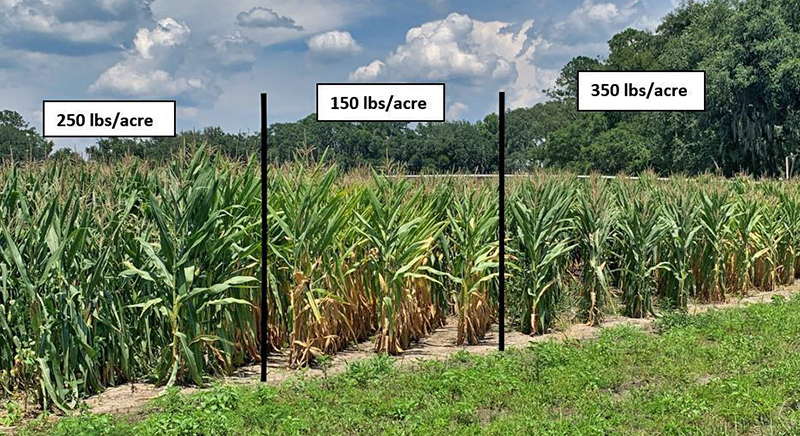
by David Wright | Jul 31, 2020
– Many crop producers in the Panhandle utilize conservation tillage when planting into winter fallow weeds or cover crops. UF/IFAS research data over the years show that cover crops can help prevent erosion and conserve moisture, but may not always increase...
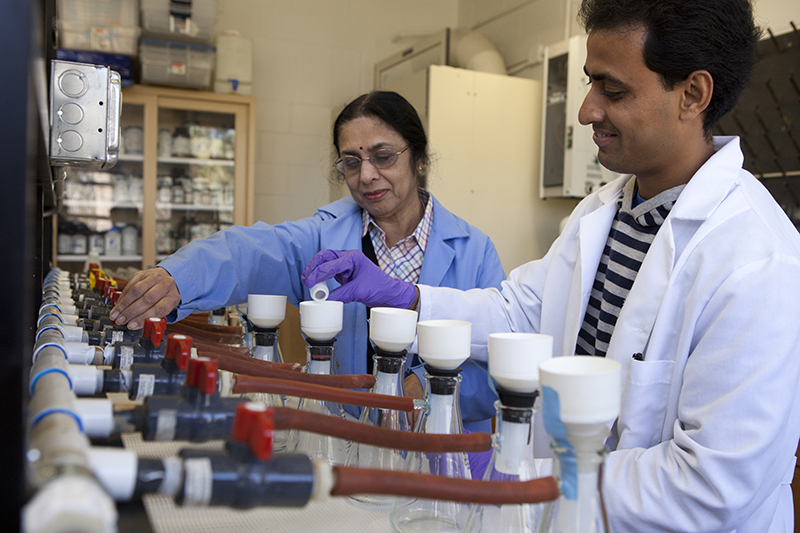
by external | Mar 27, 2020
Samantha Murray, Public Relations Specialist, UF/IFAS Communications In the time of COVID-19, plants still get sick, and the soil that nourishes them needs care. The health of plants and soil is critical to agriculture, an industry designated an essential service in...
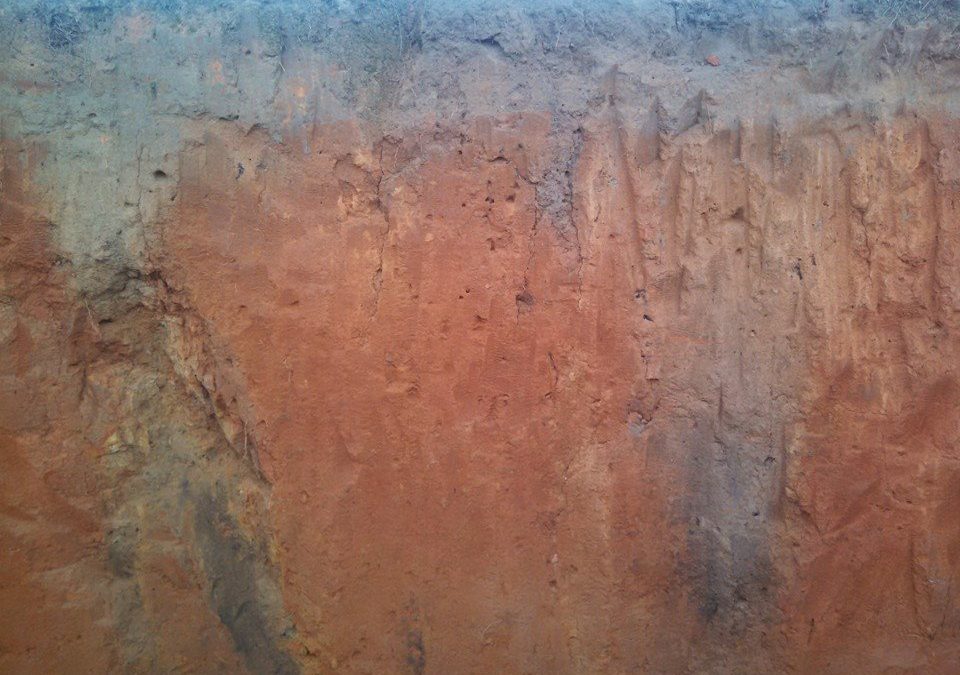
by Jennifer Bearden | Mar 6, 2020
I always start my answer (like any good soil scientist) with, “It depends!” If your soil pH is low, I would recommend a liming material. If your soil pH is close to the target pH, I would recommend other calcium sources. Not all calcium sources are equal in their...
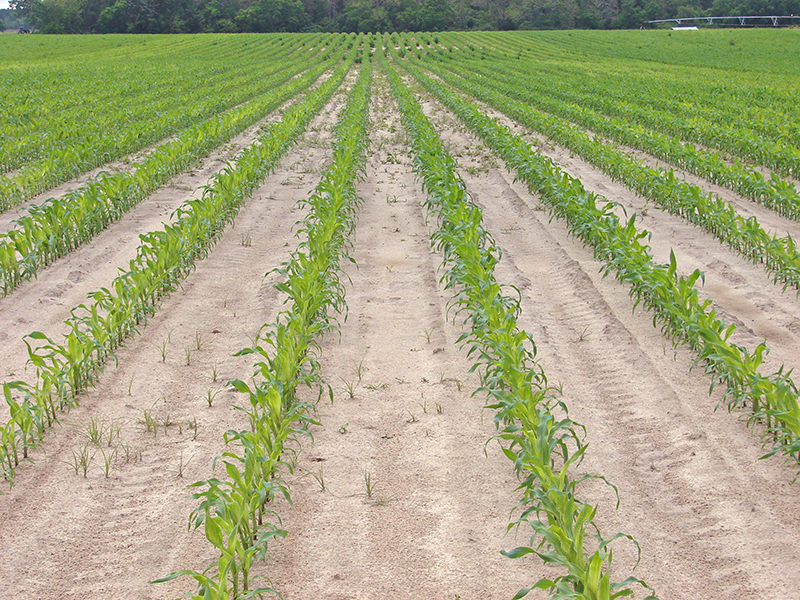
by David Wright | Feb 21, 2020
– Planting Date Optimum corn planting time in North Florida is different for irrigated versus non-irrigated corn. Irrigated corn should be planted in the month of March, and preferably early March, as the highest yields are normally attained from these dates. ...
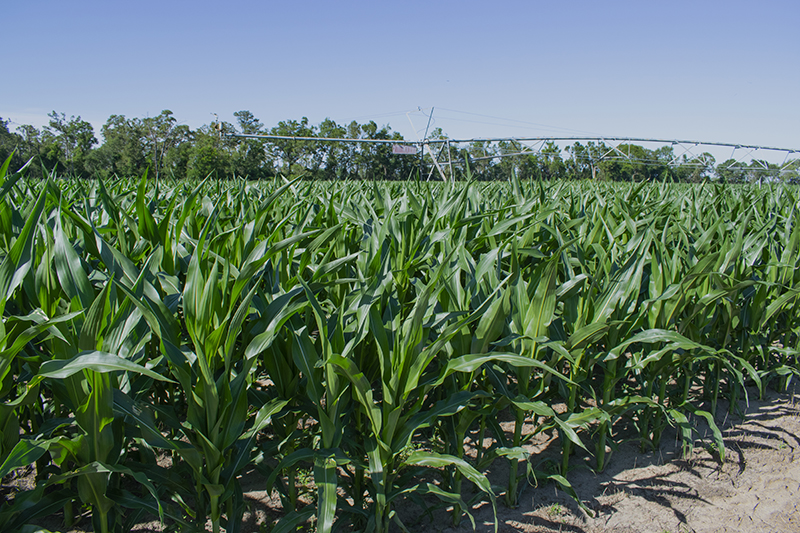
by Michael Mulvaney | Jun 21, 2019
Arun Jani and Mike Mulvaney, West Florida Research and Education Center Climatic conditions in North Florida can pose serious challenges to growers aiming to maximize returns on investments made in nitrogen (N) fertilizer. Most plant available N in local soils is in...
